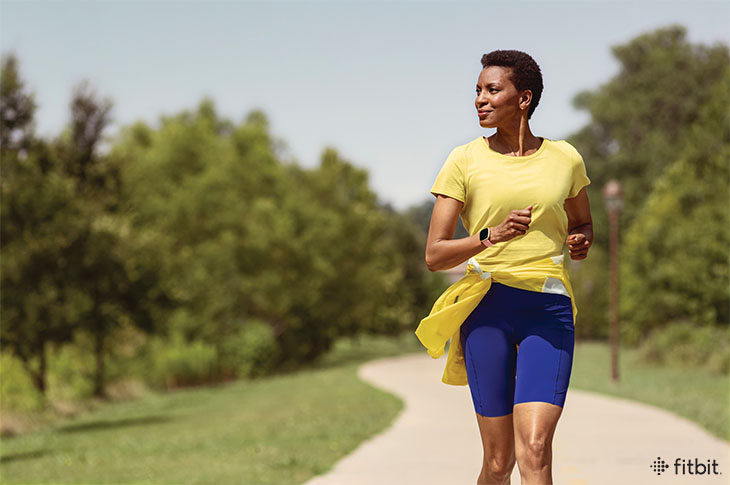
Coffee has a lot going for it besides the morning caffeine kick it brings. Roasted coffee has other active ingredients like chlorogenic acids, and the diterpenes, cafestol, and kahweol, which may have antioxidant, anti-inflammatory, antifibrotic, and anticancer effects. But when it comes to coffee research, it’s a mixed bag.
The Perks of Drinking Coffee
If you find that the smell of coffee brewing immediately makes your mood better, you’re not alone. Studies have shown that coffee aroma can generate positive emotions like feeling content. So it makes sense why some of us tend to drink coffee in the morning to kick-start our day. There’s strong evidence that drinking as little as one espresso to as much as four cups of coffee can lower the risk of depression.
It’s clear that coffee is a brain stimulant, but it’s more than just that. Drinking coffee lowers the rates of heart disease, stroke, and diabetes which is attributed to chlorogenic acid (CGA)—the main antioxidant found in coffee. Recently, there has been an increased interest in CGA’s potential health benefits including anti-diabetic, anti-carcinogenic, anti-inflammatory, and anti-obesity effects.
Coffee also contains diterpenes which are an antioxidant and have an anti-carcinogenic effect. Diterpenes are involved in removing harmful substances that have cancerous properties. Research suggests that there may be some beneficial associations between consumption of coffee and lower risk of certain cancers, like colorectal cancer and liver cancer, as well as conditions like liver fibrosis and cirrhosis.
Drawbacks to Coffee
Sadly, increasing your coffee consumption has its drawbacks. Too much caffeine can worsen sleeping habits which can lead to a host of other physical and mental side effects.
There are also some conditions in which consumption of caffeine is discouraged. These conditions include: being pregnant, suffering from heartburn, or having a high risk for fractures, a sensitive digestive system, an anxiety disorder, or insomnia.
However, if none of these apply to you and you care for coffee, you have the green light to partake. But like with most things, it’s important to listen to your body and adopt a balanced approach. Everyone responds differently to caffeine—some sleep soundly after 5 cups a day and others feel the jitters after just one cup. The Dietary Guidelines for Americans defines a moderate intake as three to five cups a day, or 400 milligrams of caffeine.
Outside of caffeine content, there are other considerations with coffee consumption. It’s rare to find someone who drinks coffee black, with no added cream, sweetener, or flavoring, and without a pastry or muffin on the side. These additions can tack on hundreds of extra calories at each coffee break.
Here are some simple tips to help you navigate your next café visit:
- Instead of a venti-sized (20 fl oz/590 ml) latte or cappuccino…ask for a tall (12 fl oz/350 ml) size (Calories saved: ~100)
- Instead of tall (12 fl oz/350 ml) full cream milk cappuccino…ask for a tall (12 fl oz/350 ml) skim (or nonfat) milk cappuccino (Calories saved: ~40)
- If you prefer low-calorie and dairy-free options…ask for a tall (12 fl oz/350 ml) almond milk cappuccino (Calories saved: ~100)
- When ordering a grande mocha with whipped cream…ask for a short (8 fl oz/240 ml) skim milk mocha (Calories saved: ~200)
- Instead of flavored, ice-blended drinks… ask for an “Iced Coffee” with skim milk and ice (Calories saved: ~200)
- When ordering a pastry, danish, or croissant…ask for the plain varieties without cream, chocolate, fruit, or cheese filling (Calories saved: ~150–200)
- When adding flavored syrups…ask for fewer pumps or the sugar-free versions (Calories saved: ~80)
The bottom line: If you’re a caffeinator, a max of three to four cups of coffee a day are more likely to bring you health benefits than harm. But, if you don’t drink that much coffee right now, it’s not necessary for you to increase your consumption as a way to improve your health (eating more veggies and fruits would provide more benefits!). Perhaps you want to learn how to make changes to your eating habits from a certified Fitbit health coach? Click here and get working toward your best self today.
The post Can Your Morning Coffee Improve Your Health? appeared first on Fitbit Blog.
source https://blog.fitbit.com/coffee-improve-health/














